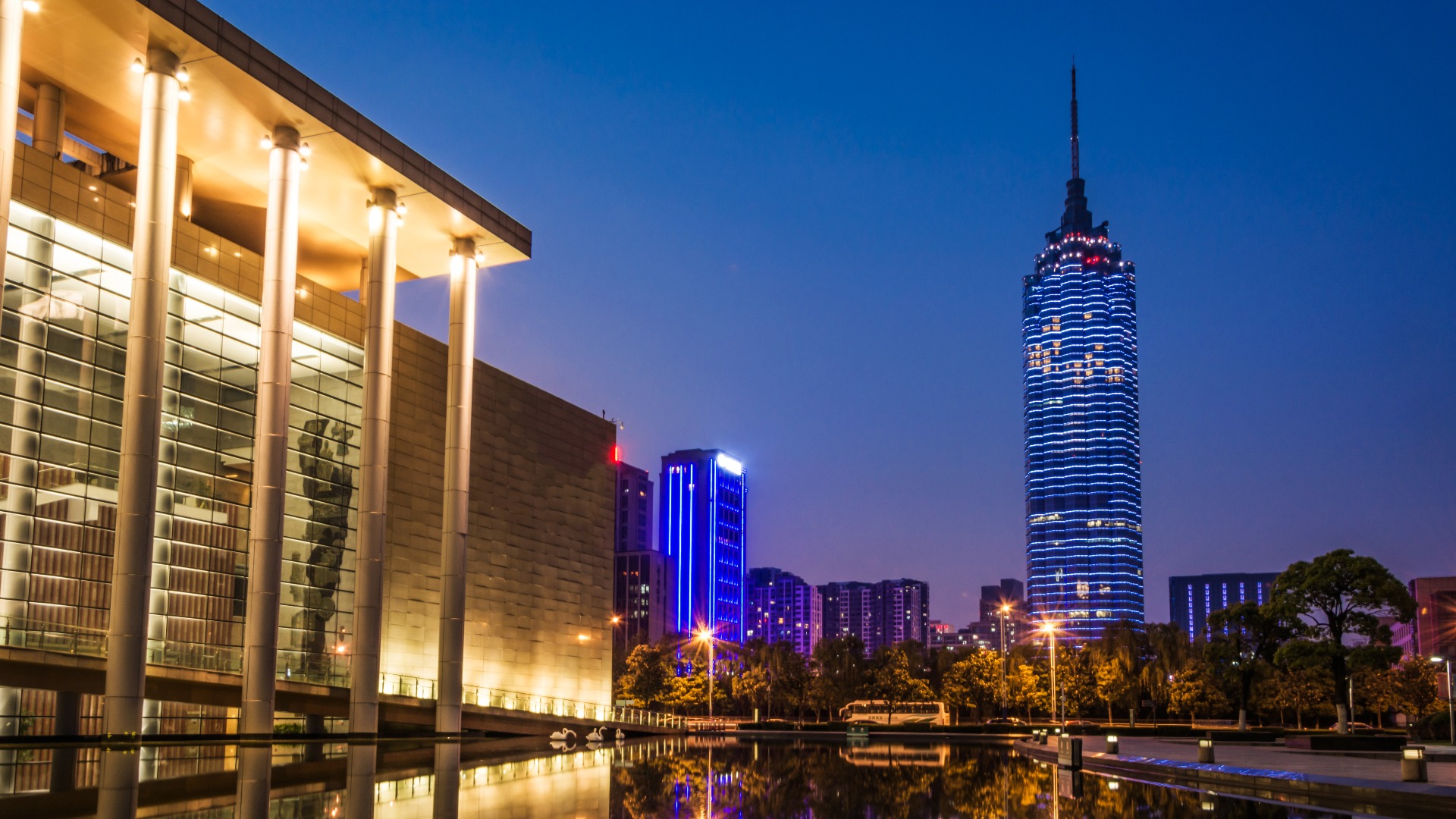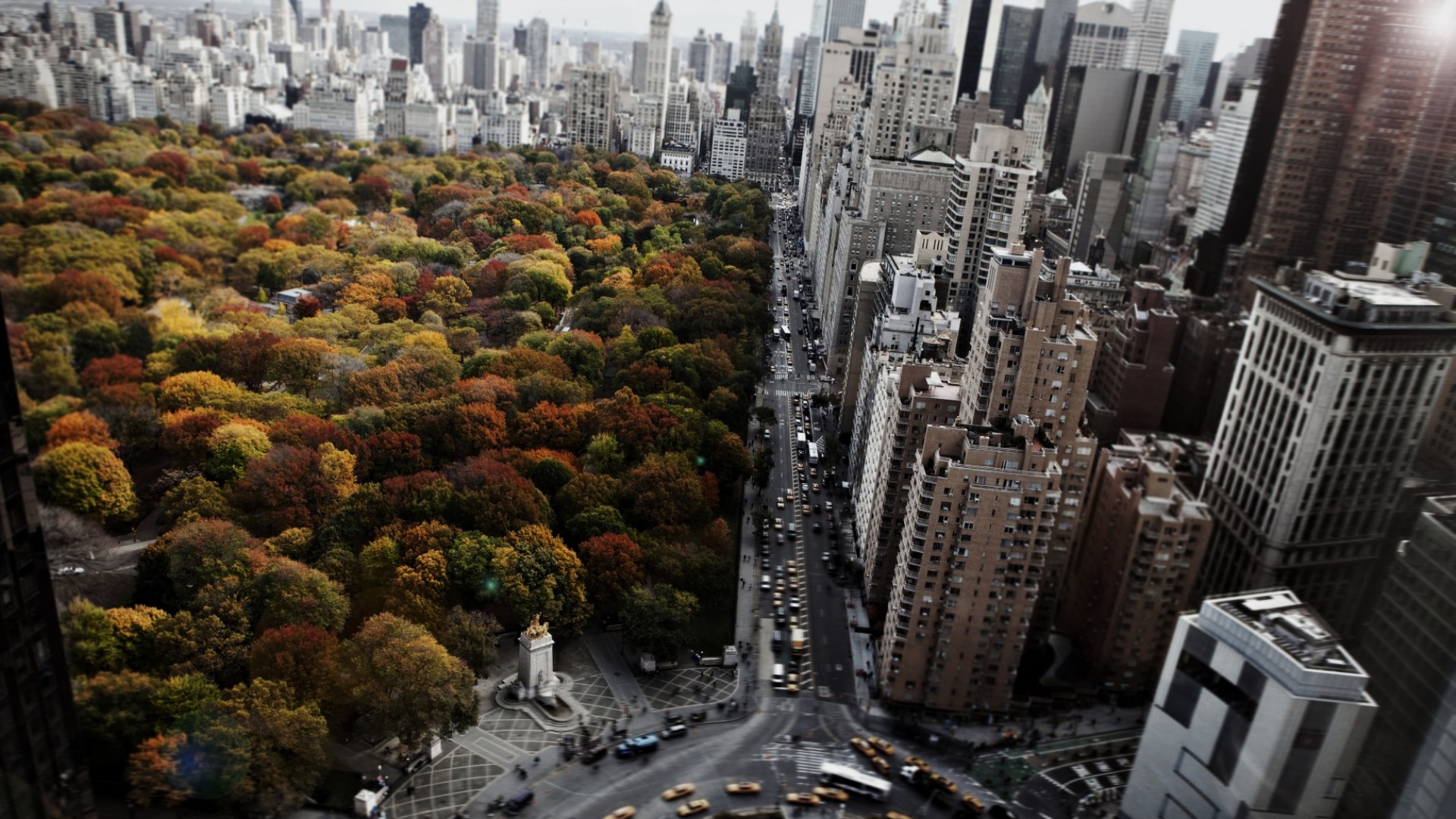
Beijing Is on Its Way of Becoming the World’s Largest Travel&Tourism City Destination

The World Travel & Tourism Council (WTTC), has found that Beijing will surpass Paris as the largest Travel & Tourism destination in the world within the next ten years.
This report was sponsored by Visa, and was compiled in partnership with Oxford Economics. It analyzes key indicators like Travel & Tourism's contribution towards GDP, employment, and traveller spend.
Although the long-term outlook for many Chinese cities is positive, the recovery has been slowed by the prolonged travel restrictions and closures at the border.
WTTC examined the impact of the Travel & Tourism industry in four cities across China: Beijing, Chengdu and Guangzhou. The results showed mixed results across all four cities.
The sector's contribution to the GDP of all four cities was almost completely recovered last year and is now at 2019 levels.
In 2022, the GDP contribution of the sector to Beijing's and Chengdu’s economies was only 4% and 22% below 2019, respectively ($34BN & $5.4BN), as opposed to $31BN & $5.5BN.
The sector's contribution to Guangzhou's GDP in 2019 was around 7% lower than the levels for 2019. Guangzhou's sector contributed $13.2BN to 2022, compared with $14.1BN pre-pandemic. Shanghai saw a $29.7BN sector, compared to $31.5BN for 2019.
Julia Simpson, WTTC President and CEO said that China has been a long-favourite tourist destination. After more than two years' of disruptions, it's great for tourists to return. The economy and job creation are greatly boosted by tourists.
"It is crucial that the national and local governments continue to recognise the importance of Travel & Tourism for the local and national economies, jobs and businesses."
The rise of jobs
The Beijing Travel & Tourism industry employed 1.35MN people in 2019. This number dropped to 1.16MN in 2020 (-15%) Employment grew by over 5% in 2021 and is expected to grow by 4% more in 2022, to reach 1.27MN job opportunities.
It's the same picture in the other three cities.
There were 1.32MN Travel & Tourism jobs before the pandemic. However, this number fell to 1.13MN by 2020 (-14%). The number of jobs in Shanghai rose 10% to 1.25MN in 2021. It was expected to rise slightly to 1.26MN by 2022.
Guangzhou had just over 603,000 jobs in 2019, but that number dropped 23% to just under 464,000. The jobs increased by 4% in 2021 to just below 481,000. WTTC expects a 16.5% rise in 2022, bringing the total number of jobs to 560,000.
Chengdu is experiencing a stronger return to pre-pandemic levels. The city had 336,000 jobs in 2019, but that number dropped to under 297,000 by 2020. The city saw a slight increase of 5% to 311,000 jobs in the following year. Last year, the global tourism body predicted a 6% rise to 329.500 jobs. This is just 2% less than pre-pandemic levels.
Visitors spend struggle because borders remain closed
International visitor spending is slower to recover due to prolonged border closures by the government than other countries.
There is light at the end. Despite the fact that international visitor spending is on average 53% less in 2022 than in 2019, all cities analyzed are showing modest year-on–year increases.
Beijing's international visitor spending is only 41% higher than it was in 2019, with visitors spending $5BN in 2022, compared to $12.1BN for 2019. International visitor spending in Chengdu is doing better than the capital, with a 61% recovery from 2019. In 2022, Chengdu saw a $1.5BN increase in international visitor spending, compared to $2.5BN in 2019.
Both Guangzhou and Shanghai saw international visitor spending drop to 44% below the levels of 2019. It dropped from $11.9BN to $5.2BN in Shanghai before the pandemic, and from $4.3BN to $1.9BN to $1.9BN by 2022 in Guangzhou.
Source: breakingtravelnews.com








